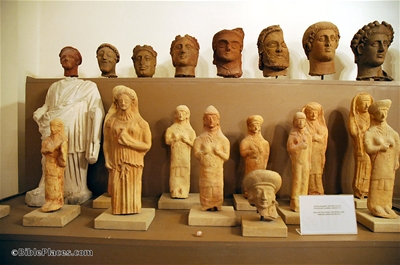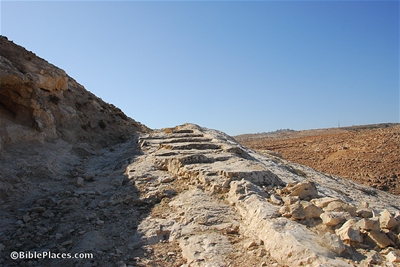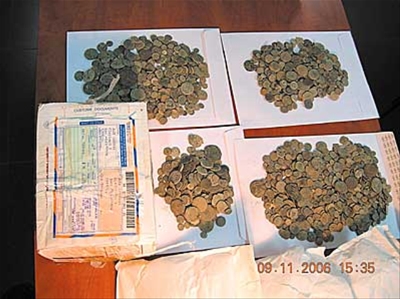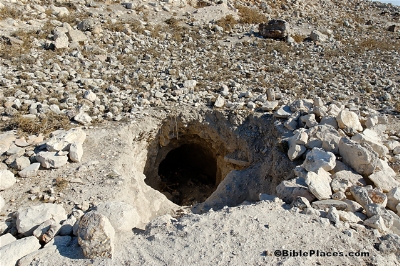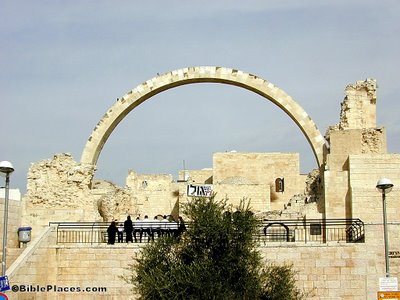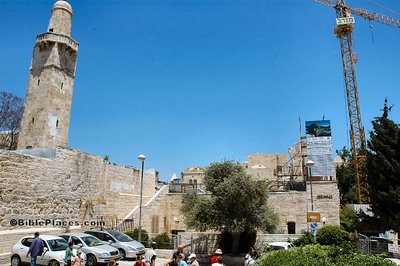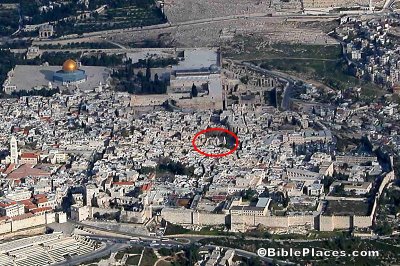There are two real benefits to seeing and studying Cyprus for biblical purposes, as far as I know.
1) Knowing the biblical world better – seeing Israel/Canaan in the context of their neighbors. For instance, seeing how Cyprus would supply copper in large quantities.
2) Better understanding the missionary work of Paul and Barnabas. I think this means more than simply seeing the sites where they traveled. For me, it’s also providing the opportunity and context to think more about this portion of their journeys. So I realize things like:
1. Barnabas was really the leader of the team at this point.
2. Cyprus was a natural place for them to start (indeed this was the first place they came after being sent out), given its proximity to Antioch and the fact that Barnabas came from Cyprus.
3. There was a Jewish community here. It is amazing just how scattered Jews had become after the First Temple Period. They seem to be everywhere in a relatively short period of time. The number of Jews was probably large given the “synagogues” (plural) that Paul went to in Salamis, and their trip “through the island.” Their pattern, as evident later, is to go to the synagogues to present the gospel to the Jews and whatever “godfearers” were in their midst. So it seems quite likely there there were Jewish communities that they visited on their travel across the island.
4. I would guess that their route was along the southern shore of the island. This seems more likely given the presence of high (6000+ feet) mountains in the center, and the presence of large cities on the southern coast, including Kition (settled at this time?), Amathus, and Kourion. And others.
5. It is interesting that there is no follow-up on this island tour, outside of Barnabas’ return of which nothing is recorded (except in apocryphal works). Paul apparently never writes a letter to any of the communities here, and though he often returns to places of former ministry (e.g., Lystra, Philippi, Corinth, Ephesus), he apparently never comes here, nor mentions Cyprus in any of his writings.
Perhaps he ceded the area entirely to Barnabas’ ministry and stayed out of his way.
6. The cities that are mentioned in the account of Paul’s travels are very large and important cities.
This is not surprising given Paul’s centers in the rest of his journeys (also major cities), but it is something that a reader in America might never guess. It also “clicks” more when you travel to many sites and see small and medium communities. Then when you come to Salamis and see the huge area that it covers, the large harbor that it had, the theater, forum, bathhouse, gymnasium, you are impressed that this was the “Los Angeles” of ancient Cyprus.
7. Unlike other places of Paul’s ministry, the two cities specifically mentioned in Cyprus continued to be major centers until today. Before Salamis existed, the major city on the east coast was Enkomi; this shifted a few miles to Salamis in later centuries, and after it was destroyed, the major population center shifted a few miles to the south to Famagusta, still a major center.
Gymnasium of Salamis
